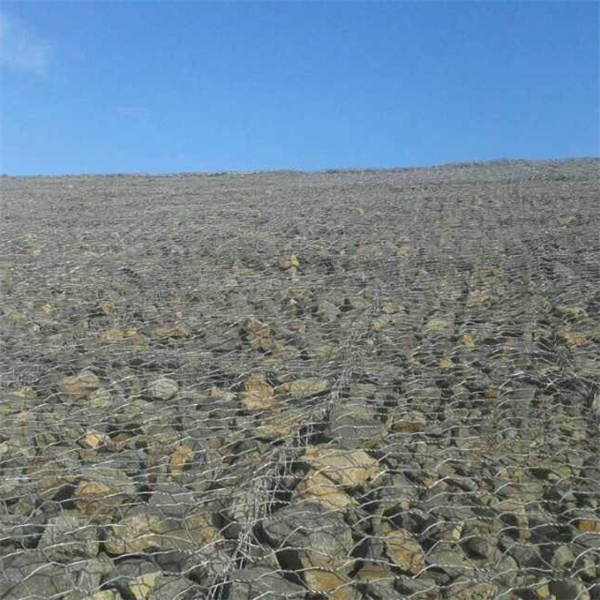Nov . 19, 2024 20:46 Back to list
best gabion sizes
Understanding the Best Gabion Sizes for Your Project
Gabions have become an increasingly popular choice in various construction and landscaping projects due to their versatility, durability, and aesthetic appeal. However, selecting the right gabion size is crucial for achieving the desired results. In this article, we'll explore the best gabion sizes for different applications and conditions, ensuring that your project is built to last.
What Are Gabions?
Gabions are wire mesh containers filled with rocks, stones, or other materials. Originally used for erosion control and structural reinforcement, they have evolved into a favored choice for decorative landscaping and architectural projects. Depending on the specific needs of your project, gabions come in various sizes, shapes, and materials.
Factors to Consider
When determining the best gabion size, several factors should be taken into account. These include the intended use, the environment, and the aesthetic goals of the project.
1. Intended Use Gabions can serve multiple purposes, including retaining walls, fencing, decorative features, and erosion control. For example, smaller gabions (typically around 1 meter in width and height) work well for aesthetic designs like garden borders or accents. Larger gabions—up to 3 meters or more—are suitable for structural applications such as retaining walls or riverbank stabilization.
2. Environmental Conditions The site conditions can significantly influence the choice of gabion size. For high-water flow areas or regions prone to erosion, larger and more robust gabions are necessary to withstand the forces of nature. Conversely, in calmer environments, smaller gabions may suffice.
best gabion sizes

3. Aesthetic Goals Gabions can also be used creatively within landscaping designs. If your project aims to create a specific visual effect, such as a sculptural wall or decorative seating, choosing the right size is paramount. Smaller, tightly packed gabions can create a more refined appearance, while larger ones can offer a more rugged, natural look.
Common Gabion Sizes
1. Small Gabions (30cm x 30cm x 30cm) Ideal for decorative landscaping and small garden features. These sizes allow for intricate designs and blend seamlessly into floral arrangements.
2. Medium Gabions (1m x 1m x 1m) These versatile sizes are suitable for both decorative and structural purposes. They are perfect for building low retaining walls or as part of outdoor furniture.
3. Large Gabions (2m x 1m x 1m or larger) Used primarily for retaining walls, erosion control, and large-scale landscaping projects. They can provide significant stability and structural integrity when engineered correctly.
Conclusion
In summary, choosing the best gabion sizes for your project hinges on your specific requirements, including intended use, environmental conditions, and aesthetic considerations. By understanding the unique characteristics of each size, you can better ensure that your project is not only visually appealing but also structurally sound. With the right gabion sizes, you can create durable, attractive, and functional spaces that stand the test of time. Whether for urban landscaping, rural home design, or environmental conservation, gabions provide a practical and visually striking solution.
-
Visualizing Gabion 3D Integration in Urban Landscapes with Rendering
NewsJul.23,2025
-
The Design and Sustainability of Gabion Wire Mesh Panels
NewsJul.23,2025
-
The Acoustic Performance of Gabion Sound Barriers in Urban Environments
NewsJul.23,2025
-
Mastering the Installation of Galvanized Gabion Structures
NewsJul.23,2025
-
Gabion Boxes: Pioneering Sustainable Infrastructure Across the Globe
NewsJul.23,2025
-
Custom PVC Coated Gabion Boxes for Aesthetic Excellence
NewsJul.23,2025
-
Installation Tips for Gabion Wire Baskets in Erosion Control Projects
NewsJul.21,2025






